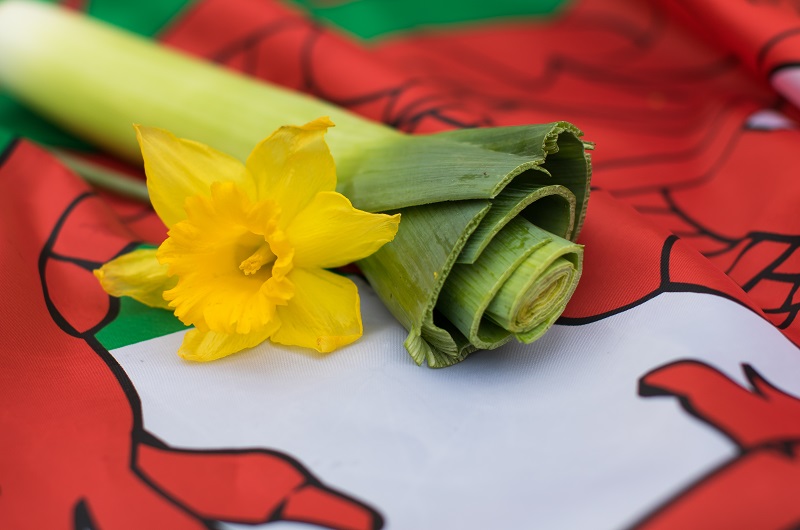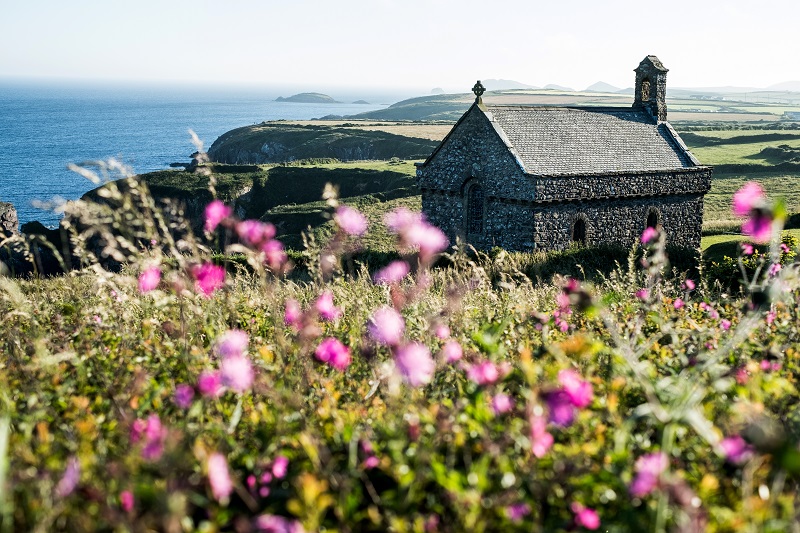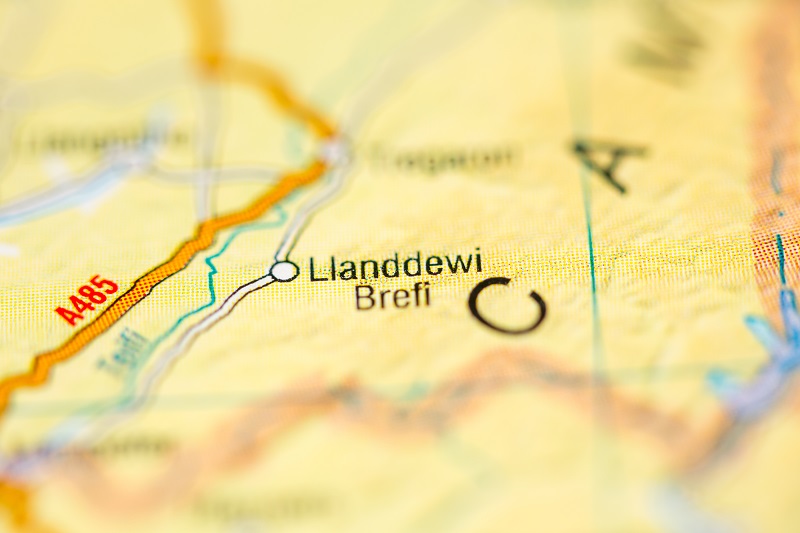 Shutterstock / JurassicPaul©
Shutterstock / JurassicPaul©Celebrate the patron saint of Wales with us as we look at the history of St David’s Day and its namesake.
It’s hard to imagine a more dramatic birth than that of St David. Born on a clifftop to St Non during a violent storm, legend has it that it was God’s way of protecting the child from those who might wish him harm. Stories had circulated of his unborn presence silencing a preacher (who knew he was near someone more holy than him), along with rumours of his father being the King of Ceredigion. A local ruler feared the child might upset his supremacy and was after him, but the storm stopped anyone going outside.

St Non’s Chapel in Pembrokeshire.
A chapel now stands on the spot where the birth took place. As was the way in those days, travel was common between Wales, the Westcountry and north-west France. So it’s no surprise that there are chapels in Non’s name in Devon, as well as Carmarthenshire, and that her last days were spent in a Breton convent.
The Life of St David
St David preached among the coastal communities between Wales and Brittany. The village of Llanddewi Brefi is the site of David’s most famous miracle, the raising of the ground to form a new hill. Welsh Historian John Davies once quipped that “one can scarcely conceive of any miracle more superfluous in West Wales than the creation of a new hill“.

Llanddewi Brefi – a quiet spot.
What John failed to take into account was that he did it for the acoustics. He was addressing a large crowd and the folk at the back couldn’t hear him. So he lifted them up above the folk in front. Whereupon a white dove landed on his shoulder, as if to further legitimise his heavenly approval.
St David was a vegetarian, supposedly eating mainly leeks and drinking water. Hence, the connection with leeks and Wales. Although another legend suggests that David recommended Welsh troops paint this symbol on to their armour when fighting the Saxons. Thereby distinguishing themselves from the very similar attire of the enemy.
March 1
It’s the passing of St David that is commemorated on St David’s Day. He died in the year 589, meaning he lasted eighty-nine years. A good age for the era.
In his very last sermon, he reportedly told folk to focus on the “little things”. David thought of himself as bettering the world through incremental actions. This in turn gave rise to the well-known Welsh maxim, Gwnewch y pethau bychain mewn bywyd, which roughly translates as, “Do ye the little things in life”.
He was buried at the cathedral in the small city that bears his name, in his home county of Pembrokeshire. The monastic order that lived in the cathedral led a tough life, frequently visited by Viking raiders until the defeat of the Norwegian king in 1066.
The Vatican officially recognised him as a Saint in 1120. The day itself is marked with everything from regional foods to national festivals – a chance to celebrate the beauty and culture of this storied country.
Find out what’s going in Wales this St David’s Day on the Visit Wales website.




